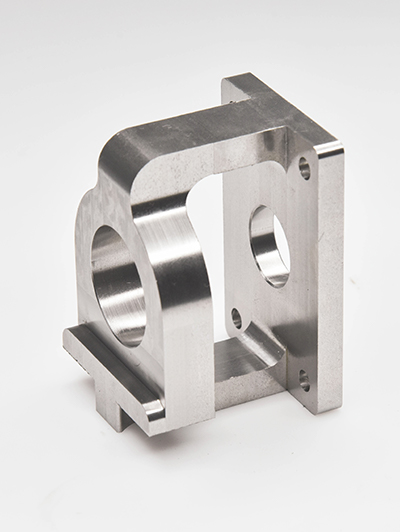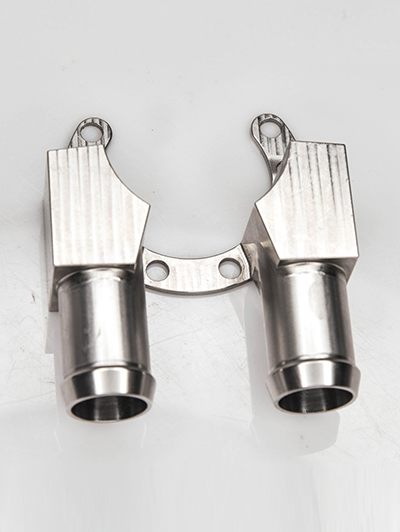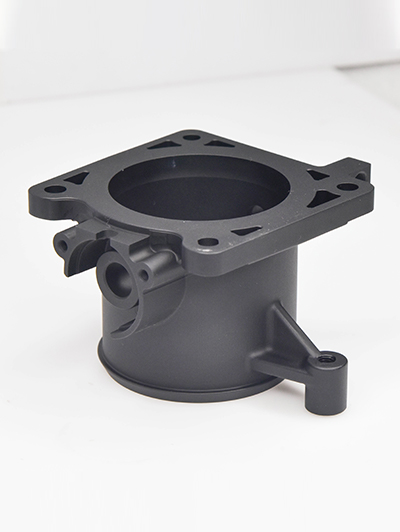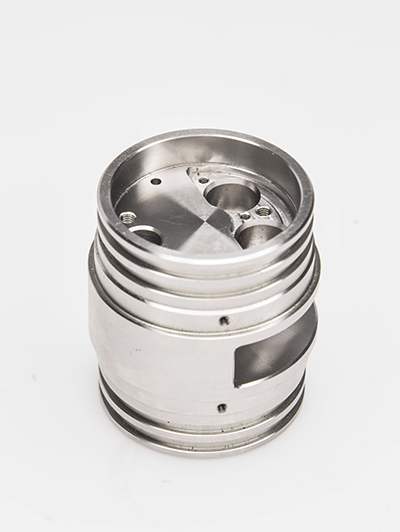Information
How to choose between CNC machining and 3D printing for aluminum parts?
When deciding between CNC machining and 3D printing for aluminum parts, several factors need to be considered:
1.Complexity of the part:
CNC machining: It is suitable for parts with relatively simple geometries and high precision requirements. It can handle complex shapes to a certain extent, but the process may be more complicated and time consuming for extremely intricate designs.
3D printing: Ideal for parts with complex geometries, such as those with internal cavities, lattice structures, or intricate details that are difficult or impossible to achieve with traditional machining methods. It can directly fabricate complex shapes in one step.
2.Production volume:
CNC machining: It is more cost effective for high volume production. Once the initial setup is complete, it can produce parts at a relatively high speed and with consistent quality.
3D printing: Usually more suitable for small batch production or rapid prototyping. Although the cost per part may be higher for large scale production, it offers advantages in terms of flexibility and quick turnaround for small quantities.
3.Material properties:
CNC machining: The aluminum materials used in CNC machining typically have better mechanical properties, such as higher strength and hardness, due to the nature of the machining process and the quality of the raw materials.
3D printing: The material properties of 3D printed aluminum parts can be affected by the printing process and parameters. However, with the development of technology, the mechanical properties of 3D printed aluminum are constantly improving and can meet the requirements of many applications.
4.Surface finish:
CNC machining: Can achieve a relatively high quality surface finish, especially when using advanced cutting tools and techniques. The surface roughness can be well controlled, which is important for parts that require a smooth surface for aesthetic or functional reasons.
3D printing: The surface finish of 3D printed parts may be relatively rough compared to CNC machined parts. However, post processing techniques such as sanding, polishing, and coating can be used to improve the surface quality.
5.Cost:
CNC machining: Has high initial setup costs, including the cost of tools, fixtures, and programming. But for large volume production, the cost per part can be reduced.
3D printing: The equipment and material costs for 3D printing can be significant. Although the initial investment in 3D printing equipment is high, it can save costs in some cases, such as when producing complex shaped parts that would require expensive tooling and multiple machining operations with CNC.
6.Lead time:
CNC machining: The lead time for CNC machining can be relatively long, especially for complex parts that require multiple setups and machining operations.
3D printing: Can significantly reduce the lead time, especially for one off or small batch parts. It allows for rapid production of parts directly from the digital model without the need for extensive tooling and setup.
In summary, the choice between CNC machining and 3D printing for aluminum parts depends on the specific requirements of the project, including the complexity of the part, production volume, material properties, surface finish, cost, and lead time. By carefully considering these factors, you can make an informed decision to select the most suitable manufacturing method for your aluminum parts.
Enhancing Efficiency in Aerospace Technologies
1. Implementing advanced automation and robotics: By utilizing automated systems and robotics in aerospace technologies, tasks can be performed more quickly and accurately, leading to increased efficiency. This includes automated systems for manufacturing, inspection, maintenance, and handling of materials.2. Adopting digital twin technology: Digital twin technology allows for real-time monitoring and simul...
Cutting-edge Machining of Unique Materials
Advancements in technology have allowed for the cutting-edge machining of unique materials that were previously difficult to work with. This has opened up new possibilities for manufacturing industries, allowing for the production of components and products that were once thought to be impossible.One such material that has benefited from cutting-edge machining techniques is carbon fiber. Carbon fiber is a l...
Enhancing Efficiency in Aerospace Technologies
1. Implementing advanced automation and robotics: By utilizing automated systems and robotics in aerospace technologies, tasks can be performed more quickly and accurately, leading to increased efficiency. This includes automated systems for manufacturing, inspection, maintenance, and handling of materials.2. Adopting digital twin technology: Digital twin technology allows for real-time monitoring and simul...
Cutting-edge Machining of Unique Materials
Advancements in technology have allowed for the cutting-edge machining of unique materials that were previously difficult to work with. This has opened up new possibilities for manufacturing industries, allowing for the production of components and products that were once thought to be impossible.One such material that has benefited from cutting-edge machining techniques is carbon fiber. Carbon fiber is a l...
Shape accuracy detection
In addition to dimensional accuracy, the shape accuracy of the parts cannot be ignored. Detect shape errors such as roundness, cylindricity, and flatness of parts using equipment such as roundness meters and contour meters. For example, when processing high-precision bearing rings, the accuracy of roundness and cylindricity directly affects the rotational accuracy and service life of the bearing.
Dimensional accuracy testing
Using advanced measuring tools and techniques, such as coordinate measuring instruments, optical imagers, etc., to accurately measure the dimensions of parts. For precision parts, dimensional tolerances are usually controlled at the micrometer level, so high-precision measuring equipment is required to ensure the accuracy of the test results. For example, when processing precision molds for mobile phone chi...
- +86 13603025252
-

WhatsApp
- info@jiujucnc.com





